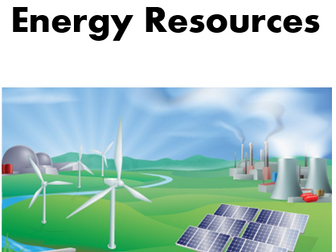Moments, levers, and pivots introduction (with Star Wars)
Worksheet based lesson on moments, pivots, and levers. Introduction to the equation, some practice using some Star Wars characters (I did this to engage my low achieving boys, seemed to work!) and some pivot identifying problems largely borrowed from another TES resource, as is some of the worksheet. Additional worksheets included for scaffolding and extensions.
The presentation follows the main worksheet and the timers are geared up for a low ability class so may need shortening accordingly depending on your audience.
